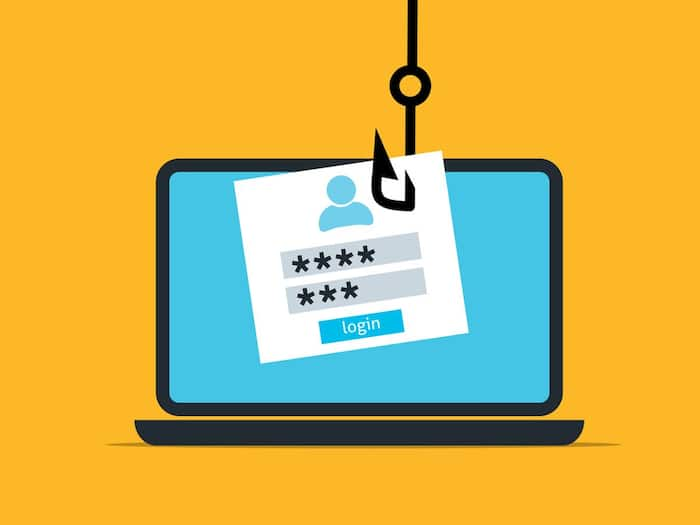
Written By Deepti Ratnam
Published By: Deepti Ratnam | Published: May 06, 2025, 09:50 AM (IST)

With the increase in digitization, our lives now heavily depend on our digital bank accounts, shopping, and even our social connections. It is now an essential part of our lives and has become crucial to keeping our digital identity secure and safe. Passwords are generally the first line of defense to keep our accounts secure. However, a new report from Cyber News states that since April 2024, there have been more than 200 data breaches leading to the compromise of 19 billion passwords available online.
A new study from Cyber News reveals that a massive collection of passwords surfaced online, making out digital identities vulnerable. While it is not the first time when passwords or credentials have leaked online, but what’s alarming is the sheer scale which is over 19 billion. These 19 billion passwords are now available on dark web and hacker forums, making your digital identity compromised.
Such a massive password leak is part of the several high-profile breaches including Snowflake breaches, the SOCRadar.io leak, and others. The research team of the Cyber News conducted a comprehensive study, revealing what’s the latest trend going on in order to create passwords.
Neringa Macijauskaitė, information security researcher at Cybernews says, “We’re facing a widespread epidemic of weak password reuse. Only 6% of passwords are unique, leaving other users highly vulnerable to dictionary attacks. For most, security hangs by the thread of two-factor authentication—if it’s even enabled.”
The data analyzed by the Cyber News team covers some of the exposed credentials from leaks and breaches that took place in a span of 12-month starting from April 2024. This data includes several databases that are leaked online, combolists that are common in creating passwords, and stealer logs. The report reveals an exact number with a total of 19,030,305,929 passwords that are leaked online. Out of this number only 1,143,815,266 (6%) of passwords were identified as unique, as per report.
As per Cyber News, “To analyze the password data, we used a combination of OSINT (open source intelligence), CTI (cyber threat intelligence), and technical automation. Our custom wordlists divided password components into categories. Custom bash and Python scripts were used along with publicly available tools to assess critical details such as password length, character composition, and the use of special characters, digits, and uppercase letters.”
Step 1: To protect yourself from data breach you need to check if your data has been compromised. There are several authentic websites available online that allows you to check if your password is getting used somewhere or if it was part of any known data breach. If the results are positive, then immediately change the passwords for those accounts.
Step 2: Don’t use the same passwords for multiple accounts, as it is one of the biggest security risks. If one website is hacked, all your accounts could be in danger, so make sure each account has different and unique password.
Step 3: Start using password manager to generate and store your passwords for each accounts.
Step 4: Make sure you are enabling two-factor authentication wherever possible.
Step 5: To create strong password, at least use 12 characters including alphabets and numbers.
Step 6: Try to mix upper and lower case, symbols, and numbers.
Step 7: Try to avoid common names or predictable patterns like yours or your family members name, your date of birth, or any other essential credentials.